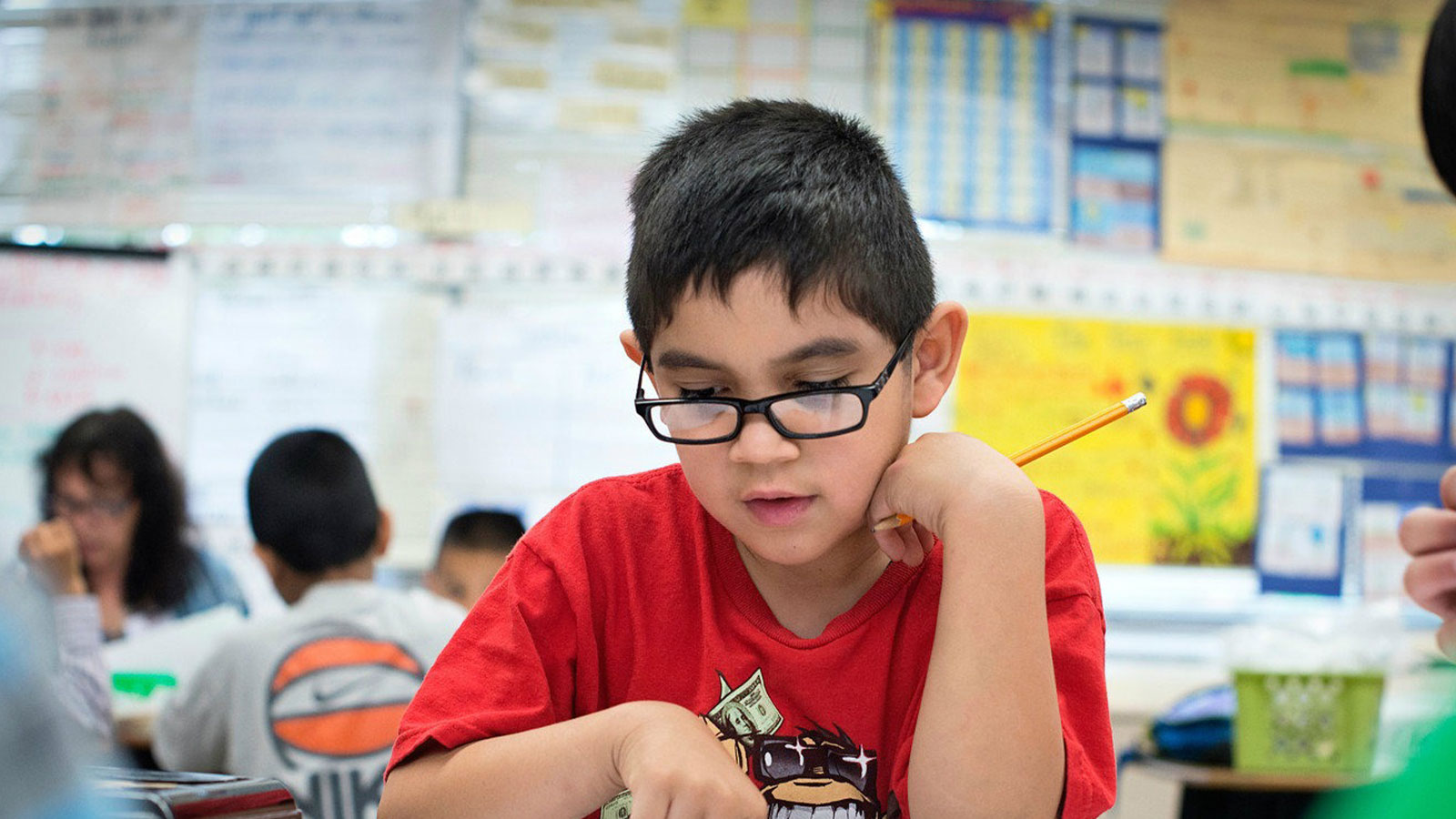“Formative assessment is the way we ensure that the kids are learning. I can stand up there and spout stuff all day long. If I don’t do anything to figure out who’s getting it and who isn’t before it’s too late, then we have a problem.” – Kristy Hobart, Austin teacher
Every day in their classrooms, teachers face a perpetual question—Is what I’m doing working for my students? Facing increasing pressures from new and more rigorous state academic standards and summative tests, teachers are looking for better data to drive instruction. Teachers want tools that will help them chart a path for students, to help them meet higher expectations. To prepare students for life beyond school, teachers need timely information about student learning to inform their lesson planning and help them quickly adjust instruction to meet student needs today, and tomorrow. This is where formative assessments come in.
What is formative assessment?
Unlike summative tests, Formative assessment is primarily a teaching tool, not an accountability metric. And formative assessment is fundamental to effective teaching. When effectively used, formative assessment practices such as classroom discussions, descriptive feedback and the development of self- and peer-assessment skills yield large and consistent achievement gains.
To understand how teachers are collecting and using evidence of student performance to improve their instruction, we set out to study how teachers use formative assessment daily in classrooms. Working with the Michael & Susan Dell Foundation, we invited three districts interested in increasing their support for formative assessment to participate.
As we describe in our report, Formative Assessment in the Classroom: Findings from Three Districts, teachers in our three study districts (Austin, Denver and Metro Nashville) use a host of formative assessment strategies to find out what students know: questioning, self-assessments, exit tickets, whiteboard checks and many others. Teachers use these strategies daily, even minute-by-minute, to diagnose student progress, to identify gaps in knowledge and understanding, and to determine how to make immediate adjustments in their teaching to improve student learning of specific concepts and skills.
Formative assessment increases student engagement, allowing students to take ownership of their learning
Brinton Ramsey
Our findings
When we looked more closely at how teachers in these communities use formative assessments, we found a range of effective practices and an eagerness to do even more:
- Teachers regularly use formative assessment strategies, but their frequency and effectiveness is uneven. Most teachers need more practice and support to improve their implementation, particularly in areas that invite more student participation. Districts can do more to provide teachers with time to reflect on and practice formative assessment strategies and provide information and resources about the wide range of effective formative assessment strategies available.
- Formative assessment increases student engagement, allowing students to take ownership of their learning. As teachers clarify learning targets and share immediate feedback, students can identify gaps in their own learning and become partners with teachers in filling those gaps. In one classroom we saw a teacher challenge groups of students to identify and then revise their own errors as a group, deepening their problem-solving skills and learning. This is an exciting but as yet somewhat untapped aspect of formative assessment practice in classroom
- Districts support data-driven instruction, but that support isn’t consistently focused on formative assessment practices. Teachers report that they most often turn to their colleagues for help to improve their formative assessment strategies. Lack of consistent and targeted support is a significant barrier to effective formative assessment. Districts can encourage good formative assessment by creating a common definition of formative assessment and reinforcing it across all district and school conversations about classroom instruction.
- The connection between formative assessment and technology needs more study, but we found that teachers who used formative assessment practices more frequently also reported more use of technology, especially if they had school or district support. Teachers who use technology for formative assessment generally love the ease with which programs such as Plickers or Kahoot provide immediate feedback on student learning. But, not surprisingly, not all teachers have access to these programs and some need more training to integrate them into their daily teaching.
What’s next?
For more examples of how teachers are engaging in formative assessment in the classroom, read Formative Assessment in Practice: Teacher Vignettes from Three Districts, a companion piece to the research report.
Brinton S. Ramsey is a consultant for Education First, supporting college and career readiness initiatives. She is an expert in whole school reform who has a background working in the areas of diversity in higher education and museum education.
